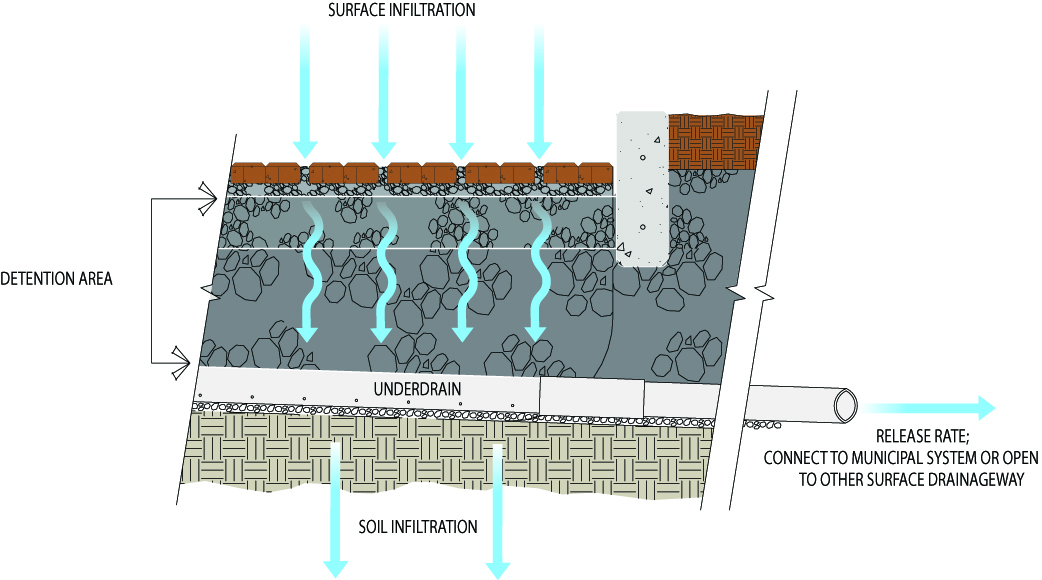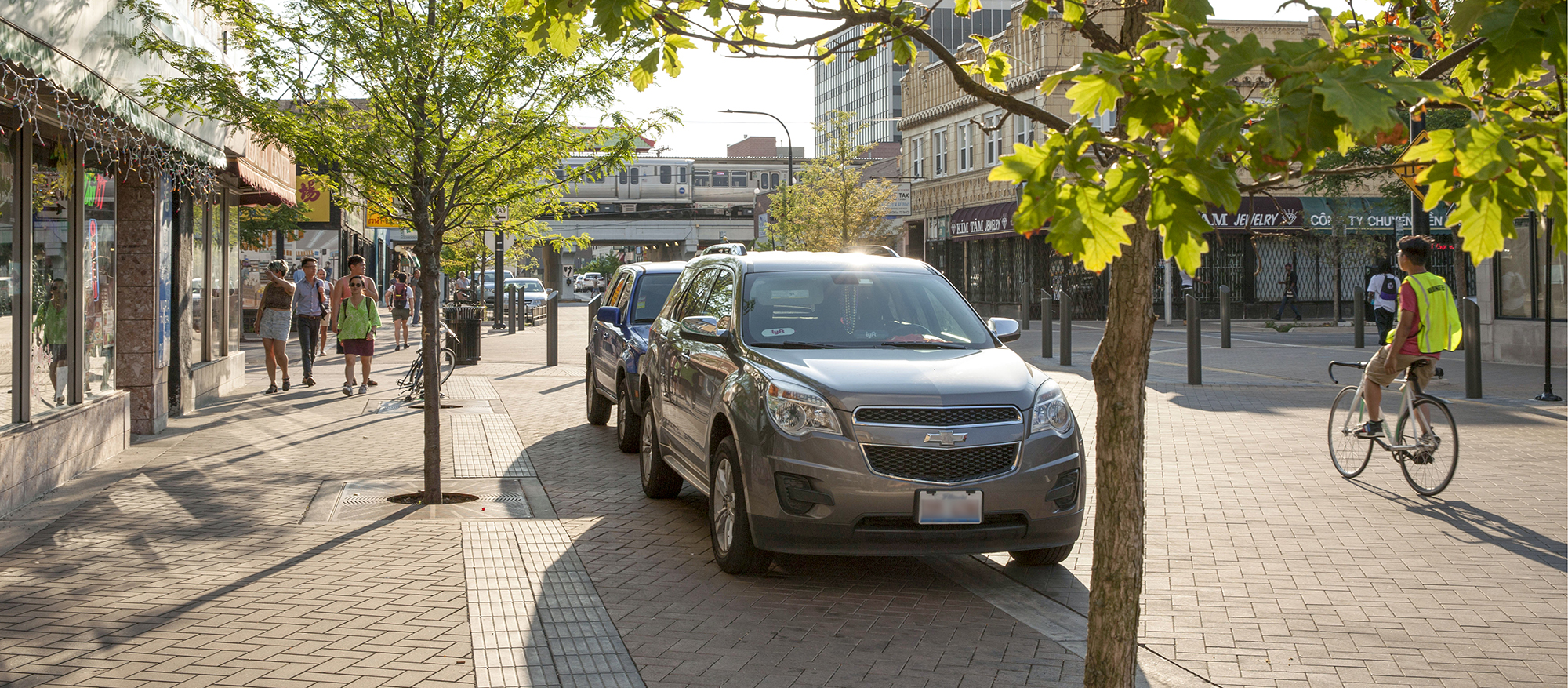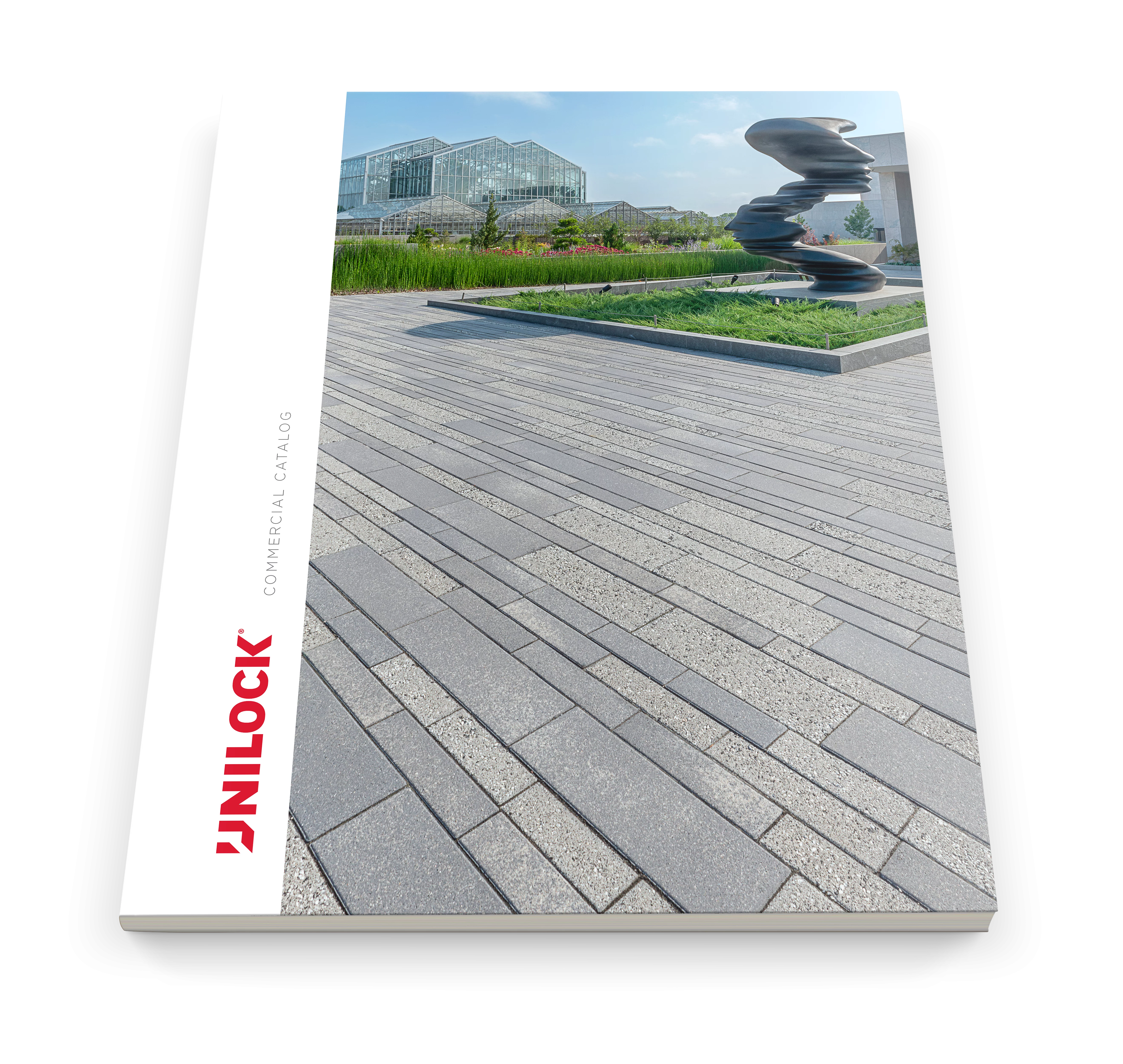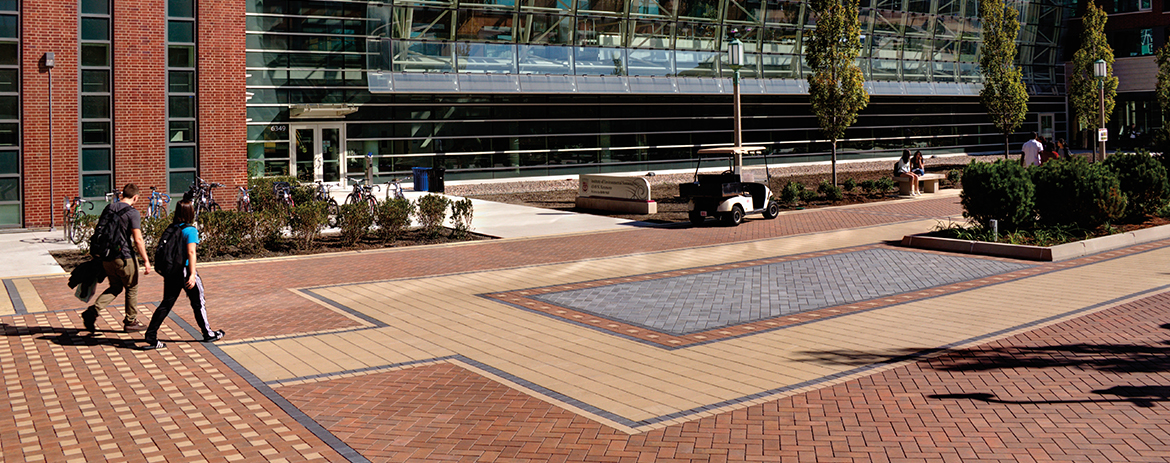Permeable Pavers: A Powerful Product for Capturing Microplastics

Permeable Pavers: A Powerful Product for Capturing Microplastics
Discarded waste can appear in all shapes and sizes. Plastic water bottles, candy wrappers, boxes, and cans are obvious and easy to spot if you were to pass them on the side of the road. But what about microplastics? These are tiny, often invisible fragments that the naked eye may be unable to see. They exist and pose just as much of a threat to our environment and our health as the waste we can see.
In this article, we’ll explore examples of microplastics, what they are, and how permeable pavers are helping to mitigate the risks these hidden pollutants are causing.
What are Microplastics? Why Should We Care?
According to the U.S. National Oceanic and Atmospheric Administration (NOAA), microplastics are particles no greater than 5mm long, that result from the degradation of macro-fragments from a variety of common sources, such as cosmetics, food packaging, synthetic clothing, footwear, and tire wear. While these particulates are small, they do pose a significant threat to our health. One example of this comes from a recent study published in Nature Medicine, which found that microplastics may already be living within certain areas of our body, like our brain and other internal organs. This can occur by ingesting contaminated food or water, airborne particles, or even absorption through the skin.
This is just one example, but here are some of the other ways microplastics can threaten our health and the environment:
Ingestion of Microplastics by Marine Animals: Marine animals often mistake microplastics for food, leading to ingestion. This can result in internal injuries, malnutrition, and even death. The damage doesn’t end there, as the accumulation of microplastics in marine organisms can move up the food chain, eventually reaching fish and other creatures we rely on for food.
Impact on Marine Organisms: Research has shown microplastics can disrupt reproductive systems, stunt growth, diminish appetite, and cause tissue inflammation and liver damage in marine organisms.
Toxicity to Wildlife: Microplastics often carry toxic chemicals, such as phthalates and bisphenol A, which can leach into the environment. These chemicals, commonly used in plastic manufacturing, pose serious health risks to both marine animals and humans, with direct links to cancer and other severe health issues.
Persistence of Microplastics: Microplastics are incredibly durable and do not break down easily, meaning they persist in the environment for hundreds or even thousands of years, contributing to long-term pollution.

The Role of Stormwater Runoff in Microplastic Pollution
One of the ways microplastics can travel and spread so quickly is through stormwater runoff. Rainwater that lands on impermeable surfaces such as poured concrete has nowhere to go but into nearby storm drains, carrying microplastics and other pollutants into local waterways like rivers, ponds, and oceans, continuing a harmful cycle of pollution.
A major contributor to this pollution is tire dust. According to a 2020 report, tire dust accounts for 78% of the total mass of microplastics, with additional research identifying tire particles as a significant source of microplastics found in our rivers and oceans. Urban areas, where high levels of vehicular and pedestrian traffic occur, are prime locations for the accumulation of tire dust and other microplastics, especially since these areas are often paved with poured concrete or asphalt.
How Permeable Pavers Capture and Retain Microplastics
Commercial architects and designers are seeking innovative solutions to combat the spread of microplastics while creating functional and aesthetically pleasing outdoor projects. One such solution is permeable pavers—an eco-friendly, highly sustainable option designed to reduce microplastic infiltration in our local water systems. These products are designed specifically to capture and absorb excess stormwater between the wider joint gaps, thus reducing the risk of flooding, puddling or freezing on the surface.
Permeable pavers work in two ways to capture and retain microplastics. The first is in the surface layer, where permeable pavers work to trap larger particles and debris, including microplastics. Underneath the surface, the aggregate layer helps retain and filter out smaller microplastics, allowing the absorbed stormwater to percolate back into the subsoil below. Think of this process like a gold prospector sifting through dirt to find nuggets. Just as the prospector separates the gold from the rest, the aggregate layer filters out the microplastics and other contaminants, as shown in our water filtration study.
There’s also significant evidence to suggest that using permeable pavers would reduce microplastic infiltration by up to 94%, according to researchers from the Institute of Water and Environmental Engineering of the Polytechnic University of Valencia. In that same study, the retention of stormwater also showed an improvement in the quality of the infiltrated water compared to surface runoff on conventional poured concrete surfaces.

What are the Sustainable Benefits of Using Permeable Pavers?
Now that we’ve established that permeable pavers are an effective solution for filtering out harmful microplastics, let’s explore the sustainable benefits of using Unilock permeable pavers.
Environmental Impact
- Reduces Pollution in Waterways: By allowing rainwater to filter between the wider joints, permeable pavers help trap and break down harmful pollutants such as heavy metals, oils, and debris before they reach natural water sources.
- Protects Aquatic Ecosystems and Biodiversity: Permeable pavers help reduce the flow of contaminants into lakes, rivers, and wetlands, ensuring healthy aquatic ecosystems, preserving biodiversity, and preventing the disruption of fragile habitats.
Urban Advantages
- Manages Stormwater and Reduces Flooding: Permeable paving systems mitigate the risk of urban flooding by controlling runoff at the source, allowing water to infiltrate gradually and recharge groundwater supplies.
- Enhances Urban Sustainability and Resilience: Integrating permeable pavers into urban landscapes reduces strain on municipal stormwater infrastructure, lowers the risk of heat island development, and supports long-term climate resilience in cities.
Long-Term Effects
- Improves Water Quality for Future Generations: By reducing stormwater pollution and reintroducing cleaner water into natural ecosystems, permeable pavers contribute to a healthier environment, ensuring a sustainable water supply for future generations.
Unilock permeable pavers provide a durable, low-maintenance solution for high-traffic areas, commercial developments, and public spaces, creating spaces that are not only visually striking but also environmentally responsible.
Case Study: Argyle Shared Street, Chicago
Argyle Street, located in Chicago’s Uptown neighborhood, is home to a vibrant Southeast Asian community and is considered the first shared street in Illinois. The streetscape redevelopment, which began in 2013, was designed to boost local businesses, enhance pedestrian accessibility, and integrate sustainable infrastructure into a bustling urban setting.
A major environmental challenge in cities like Chicago is the impact of stormwater runoff and urban pollutants, including microplastics from tire wear, synthetic materials, and everyday waste. With thousands of pedestrians and vehicles using Argyle Street daily, reducing stormwater contamination was a key objective for the project.
To address this, the streetscape redesign incorporated Unilock Eco-Priora™ Premier permeable pavers, which serve multiple purposes beyond their aesthetic and structural benefits. These pavers were strategically placed in raised crosswalks and pedestrian zones, providing both safety and sustainability. The wider joint gap, combined with a permeable base beneath the pavers, allows stormwater to filter through the pavement system. It captures debris, including microplastics, before it enters the city’s drainage network and nearby waterways.
In addition to permeable pavers, the project integrates green infrastructure elements, such as strategically placed planter beds that collect and slow stormwater runoff, further enhancing the system’s ability to trap contaminants and reduce flooding.
Since completion, the Argyle Shared Street has won the ILASLA Honor Award for Outstanding Design and has set a new standard for urban resilience.

Permeable pavers offer a powerful solution in the fight against microplastic pollution, particularly in urban areas with heavy vehicular traffic. By filtering out contaminants and managing stormwater effectively, they help maintain cleaner waterways and healthier ecosystems. To learn more about our wide range of permeable paver products, connect with a local Unilock representative today.



